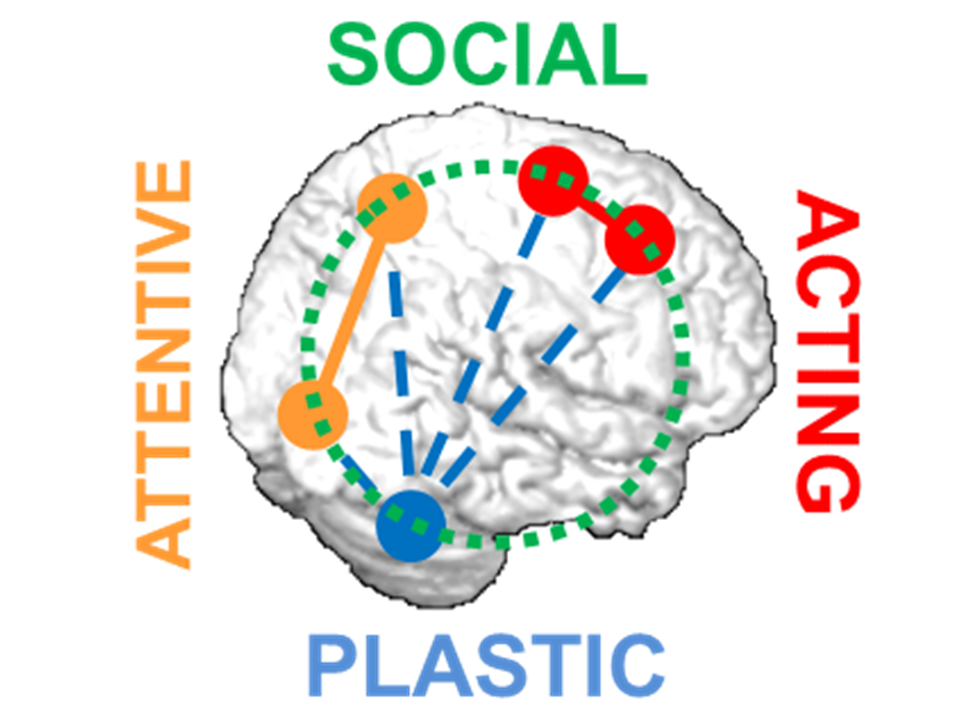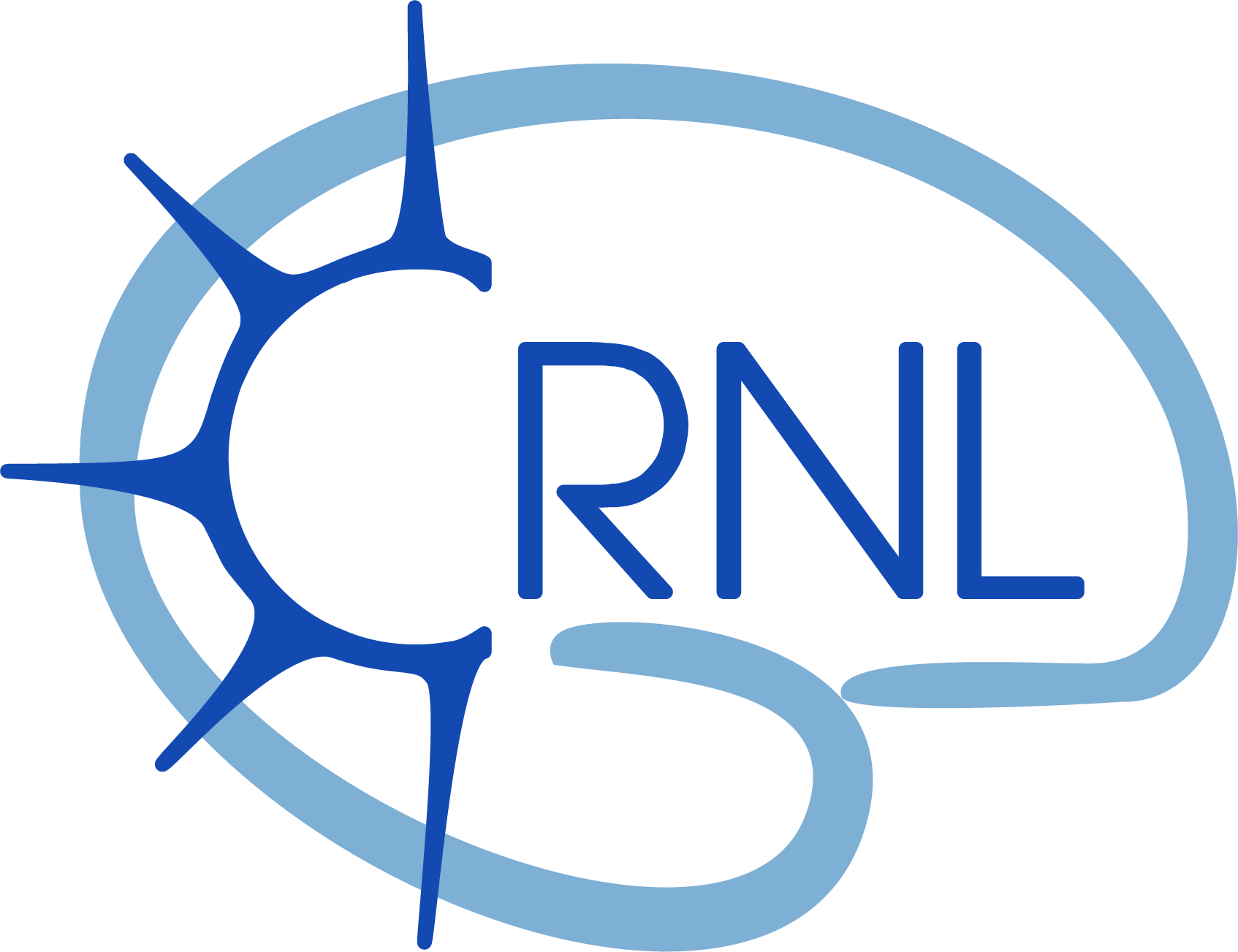Intrinsic Structure of Visual Exemplar and Category Representations in Macaque Brain
Résumé
One of the most remarkable properties of the visual system is the ability to identify and categorize a wide variety of objects effortlessly. However, the underlying neural mechanisms remain elusive. Specifically, the question of how individual object information is represented and intrinsically organized is still poorly understood. To address this question, we presented images of isolated real-world objects spanning a wide range of categories to awake monkeys using a rapid event-related functional magnetic resonance imaging (fMRI) design and analyzed the responses of multiple areas involved in object processing. We found that the multivoxel response patterns to individual exemplars in the inferior temporal (IT) cortex, especially area TE, encoded the animate-inanimate categorical division, with a subordinate cluster of faces within the animate category. In contrast, the individual exemplar representations in V4, the amygdala, and prefrontal cortex showed either no categorical structure, or a categorical structure different from that in IT cortex. Moreover, in the IT face-selective regions (“face patches”), especially the anterior face patches, (1) the multivoxel response patterns to individual exemplars showed a categorical distinction between faces and nonface objects (i.e., body parts and inanimate objects), and (2) the regionally averaged activations to individual exemplars showed face-selectivity and within-face exemplar-selectivity. Our findings demonstrate that, at both the single-exemplar and the population level, intrinsic object representation and categorization are organized hierarchically as one moves anteriorly along the ventral pathway, reflecting both modular and distributed processing.
Domaines
Sciences cognitives| Origine | Fichiers éditeurs autorisés sur une archive ouverte |
|---|

